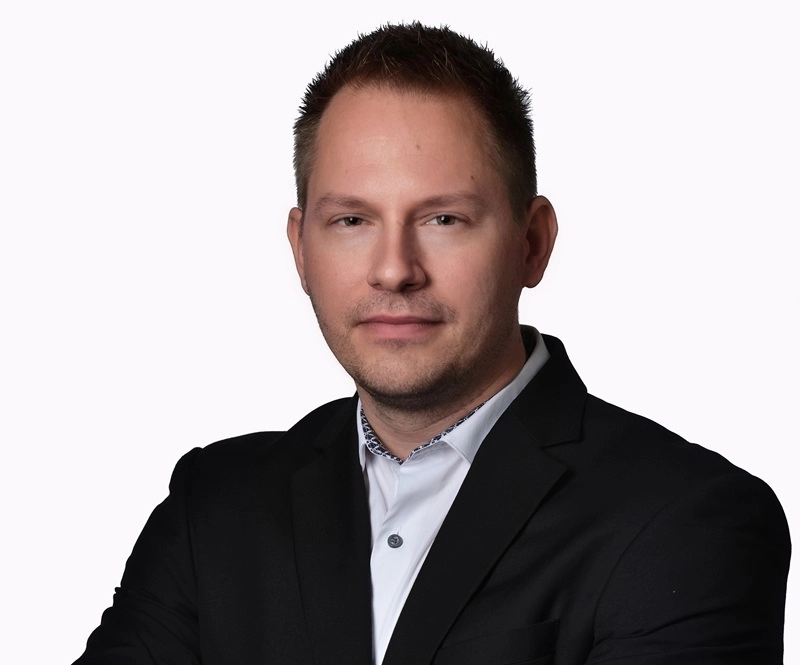How is a global organisational culture transformed after a merger - answers Máté Lőrinczi, Global Head of HR at Danfoss Industrial
In our HR Subjective column, Máté Lőrinczi, Global Head of HR at Danfoss Industrial Division, asks after answering the question of Flóra Bondici, Chief People Officer at Chorus One: How does a global organisational culture change after a merger?

Everybody in the hydraulics world jumped when Danfoss announced in January 2020 that it would merge with Eaton's hydraulics business, initiating a mega-merger of 18,000 people in 22 countries.
The two companies had annual sales of roughly $4.8 billion, 50/50, which automatically triggered a very detailed competition review. This process took a year and a half, during which time the two companies were not allowed to have any communication with each other, which meant that on the first day of the merger, 1 August 2021, everything started with a blank sheet of paper.
It had been a long year and a half, compounded by a COVID period, so both teams were looking forward to the merger. During this period, I was Head of HR for Eaton EMEA Hydraulics, responsible for the successful integration of our region from the Eaton side.
"Stronger together"
This was our motto, signalling that this merger was two equal parties coming together to create an even stronger organisation.
This sense of partnership and togetherness was reinforced by the fact that the new Danfoss Power Solutions (DPS) leadership team included the same number of executives from both companies, and there were no layoffs at all following the merger.
In hindsight, these decisions have played an important role in building a trust and commitment that also supports the development of our company culture.
How can we manage this?
The values and employees of the two companies were very similar, but there were also some clear differences.
Eaton is a publicly traded company with a strong focus on investors and predictable financial performance, while Danfoss is a Danish, family-owned company with much less influence from external partners and more focus on long-term investment and value creation.
As far as the transformation of the company culture is concerned, it is a very complex and long process, with many surface and sub-surface dynamics. After a year-and-a-half of waiting, we have embarked on a very intense process of change, which has also quickly triggered a kind of identity crisis in many people:
- We created the new teams in less than five months, and in addition we moved from a regional, local operating model to a global structure of Danfoss, where it is no longer so important where we are locally and how much we are part of the local community, as we operate as part of a global, multicultural team.
- We have changed our processes, our systems, our remuneration structure.
- Our offices and factories went from blue to red and we moved many of them into the same space.
At times it seemed as if we didn't speak the same language:
"Why can't you understand what I'm trying to say?"
"How can you run a business like that?"
Thoughts like these and others like them were running through many of our minds. Over time, of course, these defences were lowered, but as a management team it was important for us to minimise the possibility of this happening and to try as much as possible to manage the process of cultural change.
1. First, we did a satisfaction survey of employees to see where we started and what we needed to focus on.
2. We developed a "high performing
